
15311826613
Click to add WeChatSilver ore flotation technology is a key method for recovering silver and its associated metals. Different flotation methods are suitable for different types of silver ores, depending on their mineral composition, dissemination characteristics, grade, and symbiotic relationships. Based on these properties, various flotation processes can be selected, each with distinct features, advantages, and specific operational procedures. Below are seven commonly used silver ore flotation methods.
Preferential flotation involves sequentially floating different minerals in the silver ore based on their floatability differences. First, easily floatable minerals are floated, followed by other minerals, effectively separating silver from associated minerals. This method allows for precise control over the flotation conditions for each mineral, improving the recovery rate and concentrate grade of target minerals.
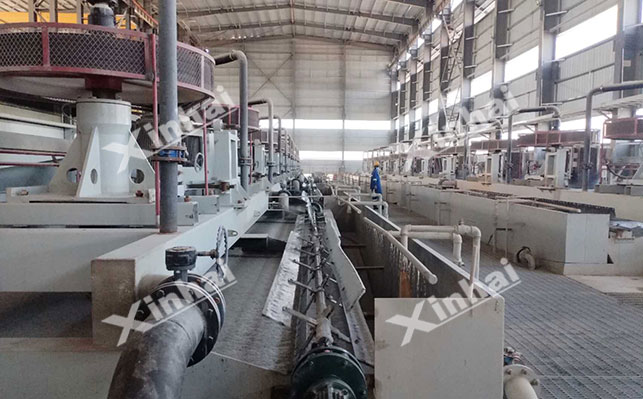
Applicable Scenarios: Preferential flotation is suitable for silver ores where there are clear floatability differences and high-grade single concentrates are desired, especially when processing silver minerals associated with lead-zinc sulfide ores.
Process Flow:Crushing and Grinding: Crushed ore is finely ground to ensure mineral liberation, typically achieving a product size of less than 0.074mm (60%-80%).
Lead Flotation: Add collectors (e.g., butyl xanthate) and frothers (e.g., pine oil) to the slurry to float lead minerals, producing lead rough concentrate and tailings.
Zinc Flotation: Add copper sulfate activator and ethylthiourea collector to the lead flotation tailings to float zinc minerals, producing zinc rough concentrate and secondary tailings.
Silver Flotation: Add lead nitrate activator and thiourea-type collectors to the secondary tailings to float silver minerals, ultimately obtaining silver concentrate.
Silver Ore Bulk Flotation Method simultaneously floats multiple target minerals from the silver ore to produce a bulk concentrate, which is then separated. It is suitable for silver ores where minerals have similar floatability and complex dissemination relationships, making individual flotation difficult.
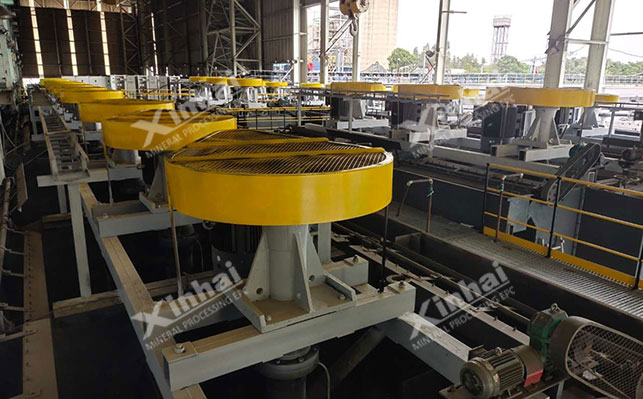
Process Flow:Grinding: Similar to preferential flotation, grind the ore to an appropriate size to promote mineral liberation.
Bulk Flotation: Add collectors (e.g., pentyl xanthate, black reagent) and frothers to the slurry to simultaneously float silver, lead, zinc, etc., producing a bulk rough concentrate and tailings.
Separation of Bulk Concentrate: After further grinding, add inhibitors (e.g., sodium cyanide to inhibit zinc, lime to inhibit pyrite) and adjusters (e.g., sodium carbonate to adjust pH), using preferential flotation to sequentially separate lead, zinc, silver, etc., obtaining respective concentrates.
This method first prioritizes the flotation of easily floatable minerals, followed by bulk flotation of the remaining minerals. It is suitable for ores with some minerals having significant floatability differences.
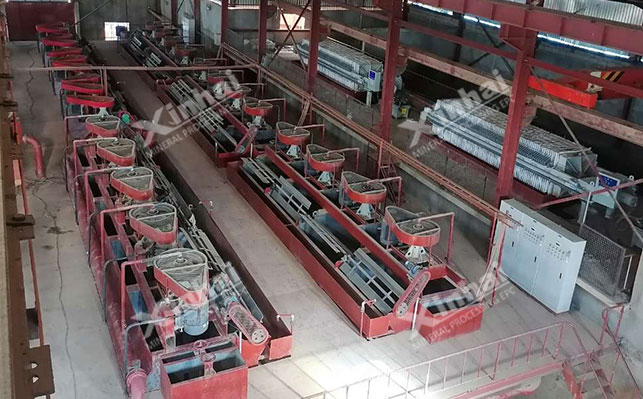
Process Flow:Grinding: Grind the ore to an appropriate size.
Partial Preferential Flotation: Prioritize the flotation of easily floatable parts (e.g., lead minerals) to obtain partial concentrates and tailings.
Bulk Flotation: Float the remaining silver and associated minerals from the tailings, producing a bulk rough concentrate.
Separation of Bulk Concentrate: After further grinding, add inhibitors and adjusters to separate silver and other minerals, obtaining silver concentrate and other concentrates.
Asynchronous flotation exploits the different flotation rates of minerals, scraping off floating minerals at different times. Easily floatable minerals rise first, followed by less floatable ones, allowing sequential separation.
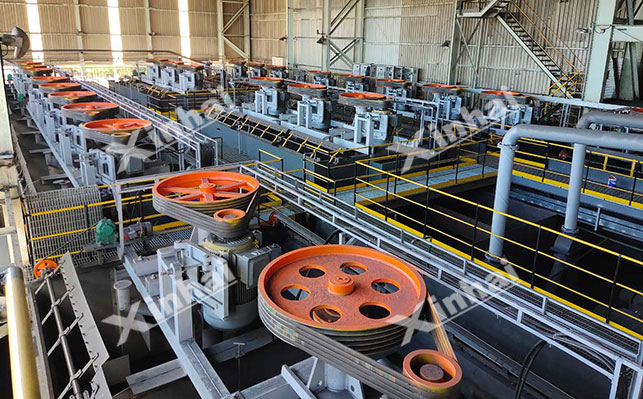
Process Flow:Grinding and Slurry Adjustment: Crush and grind the silver ore to achieve proper mineral liberation, adjusting slurry concentration and pH for optimal flotation.
Asynchronous Scraping: Inject the adjusted slurry into the flotation machine, starting stirring and aeration. Scrape off the floating foam products at different intervals, obtaining various concentrates.
Concentrate Processing: Treat the scraped concentrates separately (e.g., thickening, filtering) to obtain final concentrate products. Tailings can undergo further scavenging if necessary.
Distributed flotation divides the entire process into multiple stages, each employing targeted reagent regimes and flotation conditions to progressively enrich and separate target minerals.
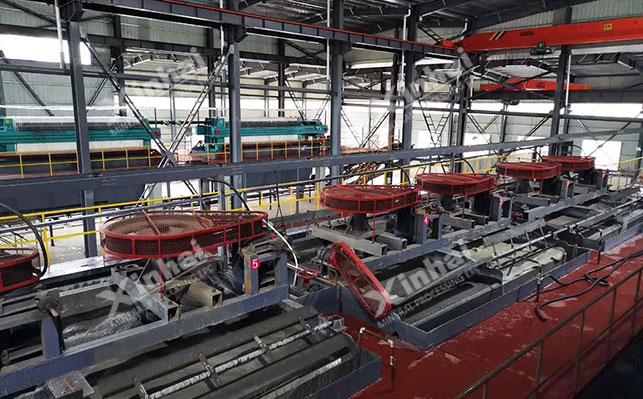
Process Flow:Rough Flotation: Add appropriate collectors and frothers to the slurry after grinding, preliminarily concentrating target minerals.
Multiple Cleaning Stages: Re-grind the rough concentrate, adding different types and quantities of reagents for multiple cleaning stages, adjusting reagent regimes based on mineral characteristics and previous results.
Scavenging: Add collectors and frothers to the rough flotation tailings to recover residual target minerals, enhancing resource recovery.
Equal floatability flotation groups minerals with similar floatability and floats them sequentially, avoiding issues arising from mixed flotation of minerals with significant floatability differences.

Process Flow:Initial Flotation: Add reagents to float the more floatable group, obtaining concentrate and tailings.
Secondary Flotation: Adjust reagents and float the less floatable group.
Branch-stream flotation introduces part or all of the rough flotation froth directly into subsequent cleaning stages while returning the rough flotation tailings for reprocessing. This method enhances the flotation process through slurry recirculation.

Process Flow:Rough Flotation: Conduct rough flotation after grinding, producing rough froth and tailings.
Branch-Stream Recycling: Directly introduce part or all of the rough froth into subsequent cleaning stages, returning the rough tailings to the appropriate position for reprocessing.
Cleaning: Perform multiple cleaning stages with added reagents to gradually improve concentrate grade, ultimately obtaining high-quality silver concentrate.
These seven flotation methods provide comprehensive solutions for various silver ore properties. In practice, it's crucial to select the most suitable method based on the specific characteristics of the ore, often requiring laboratory testing to design an optimal flotation process for achieving ideal recovery rates.